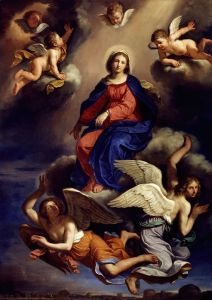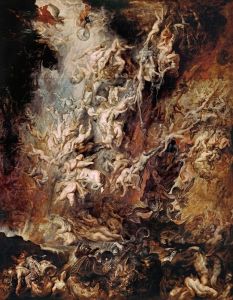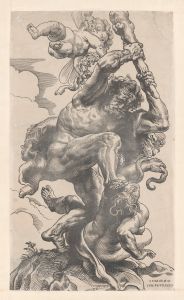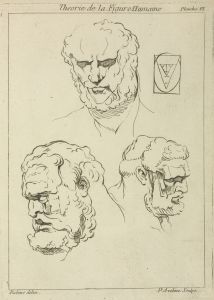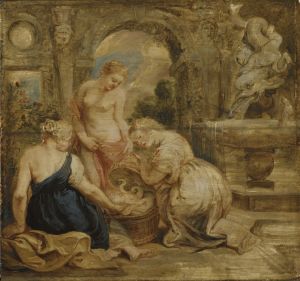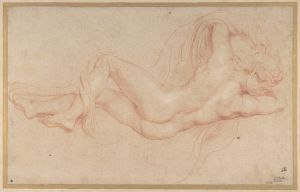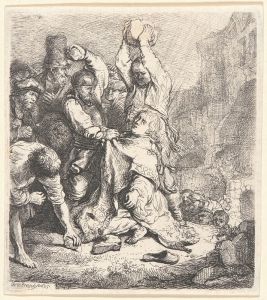
St. Sebastian
A hand-painted replica of Peter Paul Rubens’s masterpiece St. Sebastian, meticulously crafted by professional artists to capture the true essence of the original. Each piece is created with museum-quality canvas and rare mineral pigments, carefully painted by experienced artists with delicate brushstrokes and rich, layered colors to perfectly recreate the texture of the original artwork. Unlike machine-printed reproductions, this hand-painted version brings the painting to life, infused with the artist’s emotions and skill in every stroke. Whether for personal collection or home decoration, it instantly elevates the artistic atmosphere of any space.
Peter Paul Rubens, a prominent Flemish Baroque painter, is renowned for his dynamic compositions, vibrant color palette, and grandiose style. Among his extensive oeuvre, Rubens created several works depicting religious themes, one of which is the painting of St. Sebastian. However, there is limited specific information available about a singular, definitive painting of St. Sebastian by Rubens, as he and his workshop produced multiple versions and interpretations of this subject.
St. Sebastian is a Christian martyr and saint, often depicted in art as a young man tied to a post or tree and shot with arrows. This imagery derives from the story of his martyrdom, where he was ordered to be executed by arrows for his Christian faith during the Roman Empire. The theme of St. Sebastian has been a popular subject in art due to its dramatic potential and the opportunity it provides artists to explore the human form.
Rubens' approach to religious subjects was characterized by his ability to convey intense emotion and movement, often employing a robust and muscular depiction of the human body. In his representations of St. Sebastian, Rubens would typically emphasize the saint's physicality, capturing the tension and suffering of the moment while also imbuing the figure with a sense of divine grace and resilience.
Rubens' workshop was known for producing multiple versions of popular compositions, and it is likely that several paintings of St. Sebastian attributed to Rubens were created with the assistance of his students and collaborators. This practice was common in Rubens' studio, where he would often design the composition and execute key parts of the painting, leaving other sections to be completed by his assistants.
The paintings of St. Sebastian by Rubens are noted for their dramatic use of light and shadow, a technique known as chiaroscuro, which enhances the emotional impact of the scene. Rubens' mastery of this technique allowed him to create a sense of depth and volume, bringing the figure of St. Sebastian to life with a palpable sense of immediacy.
While specific details about individual paintings of St. Sebastian by Rubens may vary, his works generally reflect the Baroque era's emphasis on drama, emotion, and movement. Rubens' ability to convey the physical and spiritual aspects of his subjects has made his depictions of St. Sebastian enduringly powerful and influential.
In summary, while there is no singular, widely recognized painting of St. Sebastian by Peter Paul Rubens, his interpretations of this subject are consistent with his broader artistic style and thematic interests. Rubens' works continue to be celebrated for their dynamic compositions and the emotional depth they bring to religious narratives.





